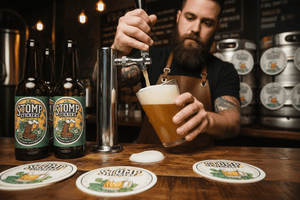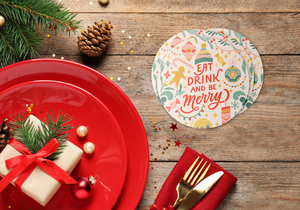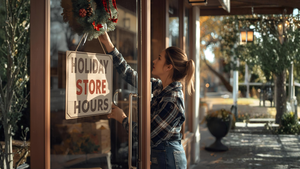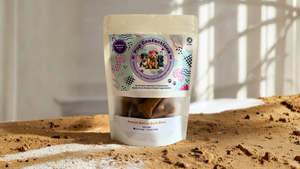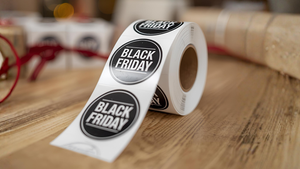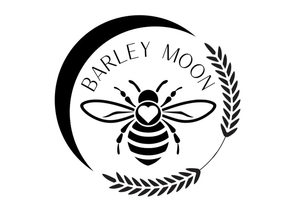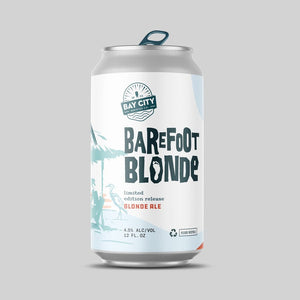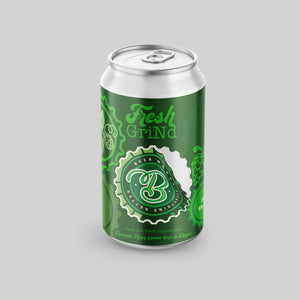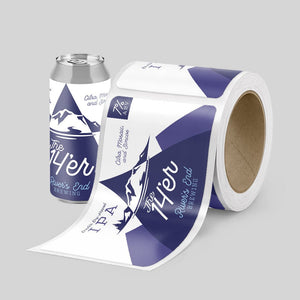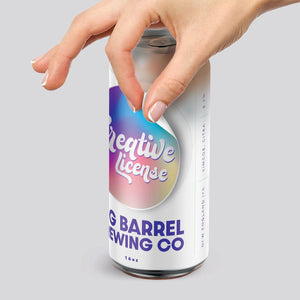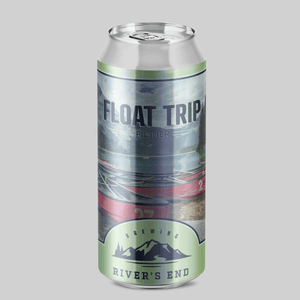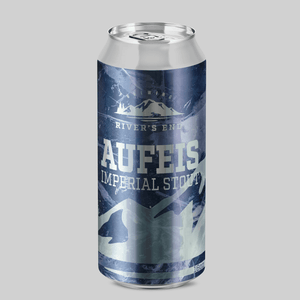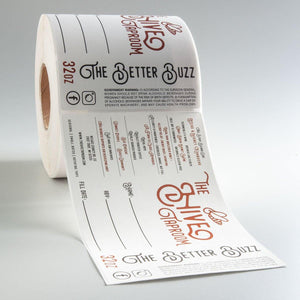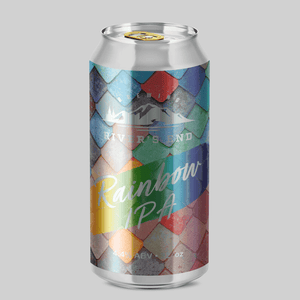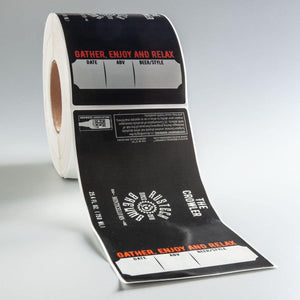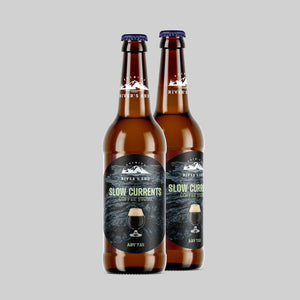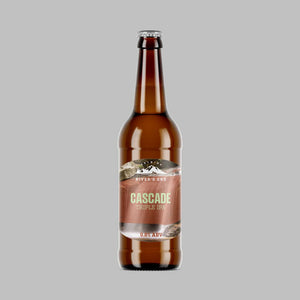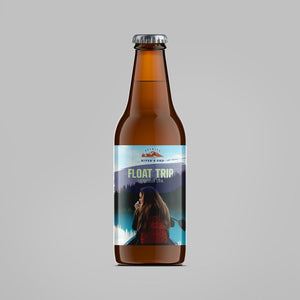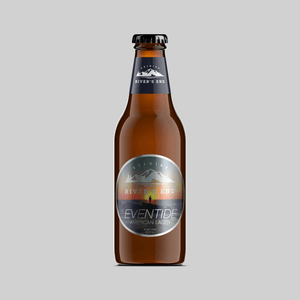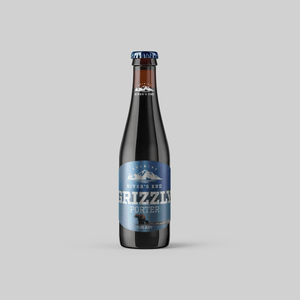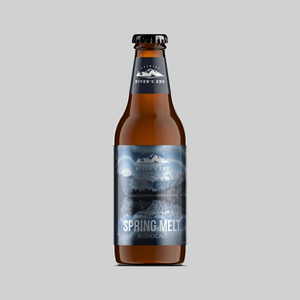The Brewer's Guide to Beer Label Printing

Crafting great beer is an art. But before customers even take a sip, they see the beer label—and that first impression matters. Whether you're brewing a small-batch IPA or cranking out cans of a flagship lager, custom beer labels help tell your brewery’s story.
But with so many beer label printing options, how do you choose the best one? Should you go with beer bottle labels or beer can labels? Matte or gloss? Paper or plastic liners? Digital or flexo printing?
Don’t worry—we’re here to help you navigate the world of labels so your beer looks as good as it tastes.
Choosing the Right Beer Label Material
Not all labels are created equal. The material you choose affects durability, aesthetics, and how well your label holds up in a cold, wet environment (because nobody likes a soggy label).

White BOPP vs. Silver BOPP
Biaxially Oriented Polypropylene (BOPP) is a durable, moisture-resistant material commonly used in the food and beverage industry. It’s waterproof, oil-resistant, and tear-proof, making it an ideal choice for beer labels that need to withstand condensation, refrigeration, and handling.
- White BOPP: A durable, waterproof material with a clean, solid background. Great for bold colors and crisp designs.
- Silver BOPP: Has a metallic sheen, giving your custom beer labels a high-end, reflective look. You can create cool foil-like effects by layering ink creatively.
Other Common Beer Label Materials
- Paper Labels: Classic and cost-effective but not the best for moisture-heavy environments.
- Vinyl Labels: Super durable and flexible, great for unique bottle shapes or long-term storage.
Understanding Liner Options
A label’s liner is like its unsung hero—it doesn’t get noticed, but it makes everything work smoothly.
- Standard Paper Liner: The traditional choice, great for hand-labeling or standard application methods.
- Clear PET Liner: A game-changer for high-speed labeling machines. This liner is thinner and stronger, allowing for faster, more precise application. Many breweries switching to automated labeling prefer PET liners for efficiency.
Label Finishes: Matte, Gloss, or Something Special?
The right finish can make your custom beer bottle labels pop.
- Matte Finish (Most Common): A smooth, non-reflective look that gives your label a premium, modern feel. This finish also allows breweries to easily write on their beer labels.
- Gloss Finish: A shiny, high-contrast look that enhances colors and adds durability. While we specialize in matte, glossy finishes are available upon request.
- Specialty Coatings: Things like soft-touch finishes, UV coatings, or textured effects can add extra flair to personalized beer labels.

Printing Methods for Beer Labels
How your label is printed affects everything from color accuracy to production costs. Here’s a breakdown of the most common methods for printed beer labels:
1. Digital Printing (What We Do Best!)
- Best for custom beer labels with lots of colors, small batch runs, and fast turnarounds.
- Vibrant, high-resolution printing.
- No setup fees—great for limited editions and seasonal brews.
- Quick production times.
2. Flexographic Printing
A traditional method using printing plates. Ideal for extremely high-volume runs but has higher setup costs.
3. Offset Printing
Great for large runs with detailed artwork but generally used more for packaging than labels.
4. Screen Printing (Direct-to-Container)
Instead of applying a label, ink is printed directly onto the bottle or can. Cool, but not as flexible for design changes.
Final Pour: Get the Perfect Custom Beer Labels
Whether you’re bottling an imperial stout or canning a crisp pilsner, your labels need to look just as good as your beer tastes. Check out our custom beer labels and give your brews the standout packaging they deserve. Cheers!
If you'd like more information, read our step-by-step guide on how to label your own beer. No homework required.
FAQs
What is the best paper for beer labels?
The best material isn’t technically paper—it’s White BOPP or Silver BOPP. These waterproof, durable materials hold up beautifully in cold and wet environments, making them perfect for beer cans and bottles. If a paper-like texture is preferred, specialty matte finishes or coated paper labels can work, but they’re not as moisture-resistant.
Is glossy or matte better for labels?
It depends on your branding goals and use case:
- Glossy finishes enhance colors and add a reflective shine, great for vibrant, eye-catching designs.
- Matte finishes give labels a premium, modern look with a smooth, non-reflective surface. This finish is also ideal if you plan to write on your beer labels. At Stomp, we specialize in matte finishes but can provide glossy labels upon request.
What is required to be on a beer label?
In the U.S., beer labels must include the following:
- Brand Name: The name of the beer.
- Alcohol by Volume (ABV): The alcohol percentage.
- Net Contents: The volume of the container.
- Government Warning: Required by the Alcohol and Tobacco Tax and Trade Bureau (TTB).
- Brewery Information: The name and address of the brewery. Always double-check your local regulations to ensure compliance.
What size labels are needed for a 12 oz beer can?
A common label size for 12 oz beer cans is 8” x 3.75”. For a 12 oz slim beer can, the most common size is 7.2” x 5”. These sizes wrap neatly around the can with a small overlap. For specialty cans or custom designs, you might need a different size—our team can help with that.
Header photo by monica di loxley on Unsplash
- Tags: Brewery
- Nashira Edmiston

